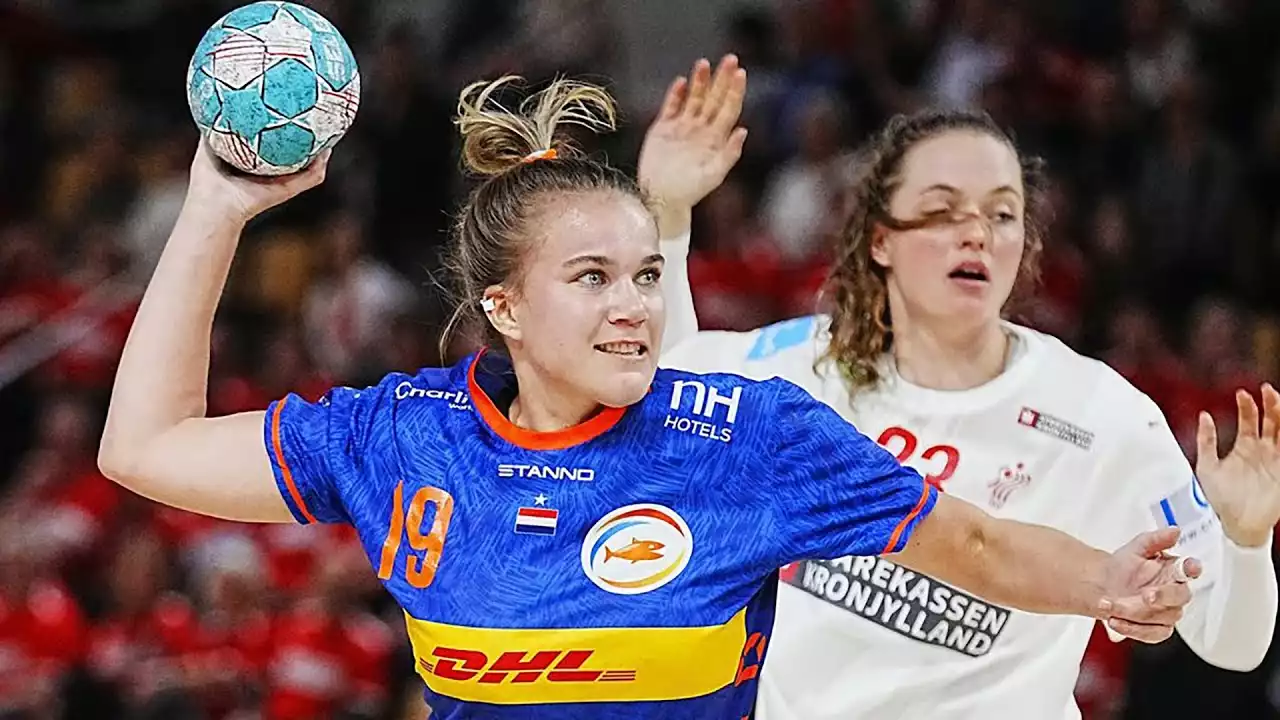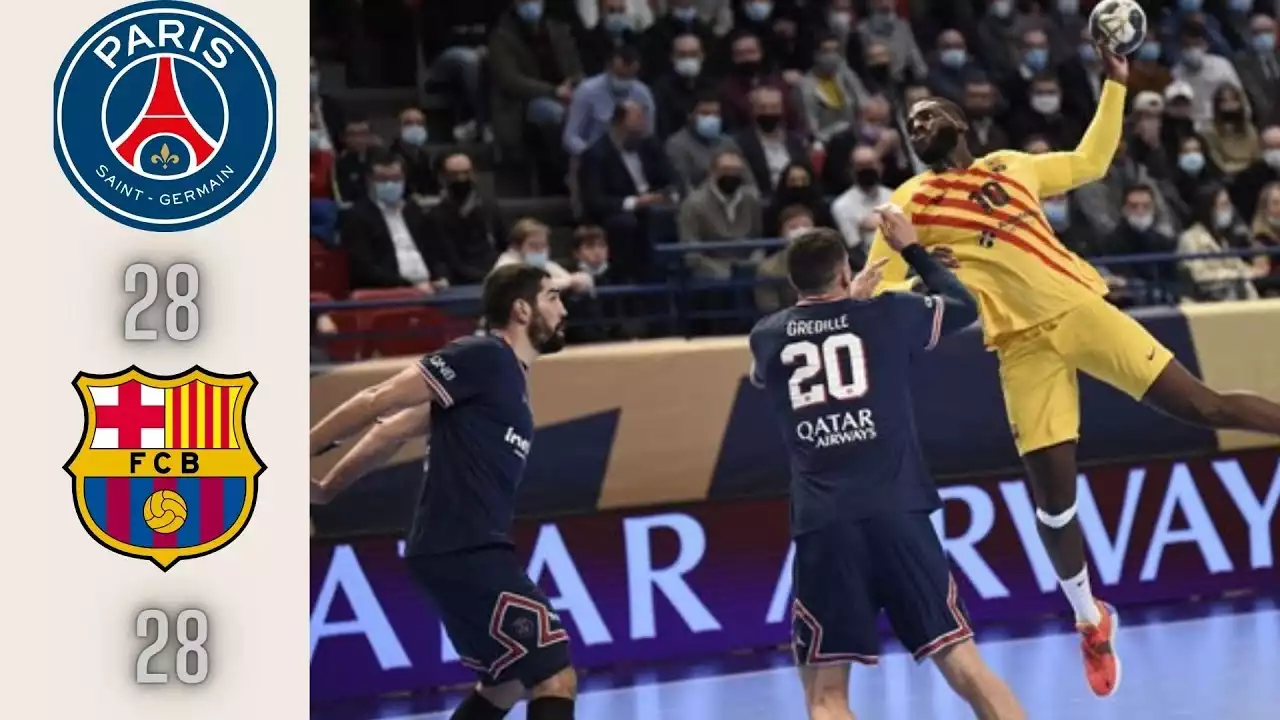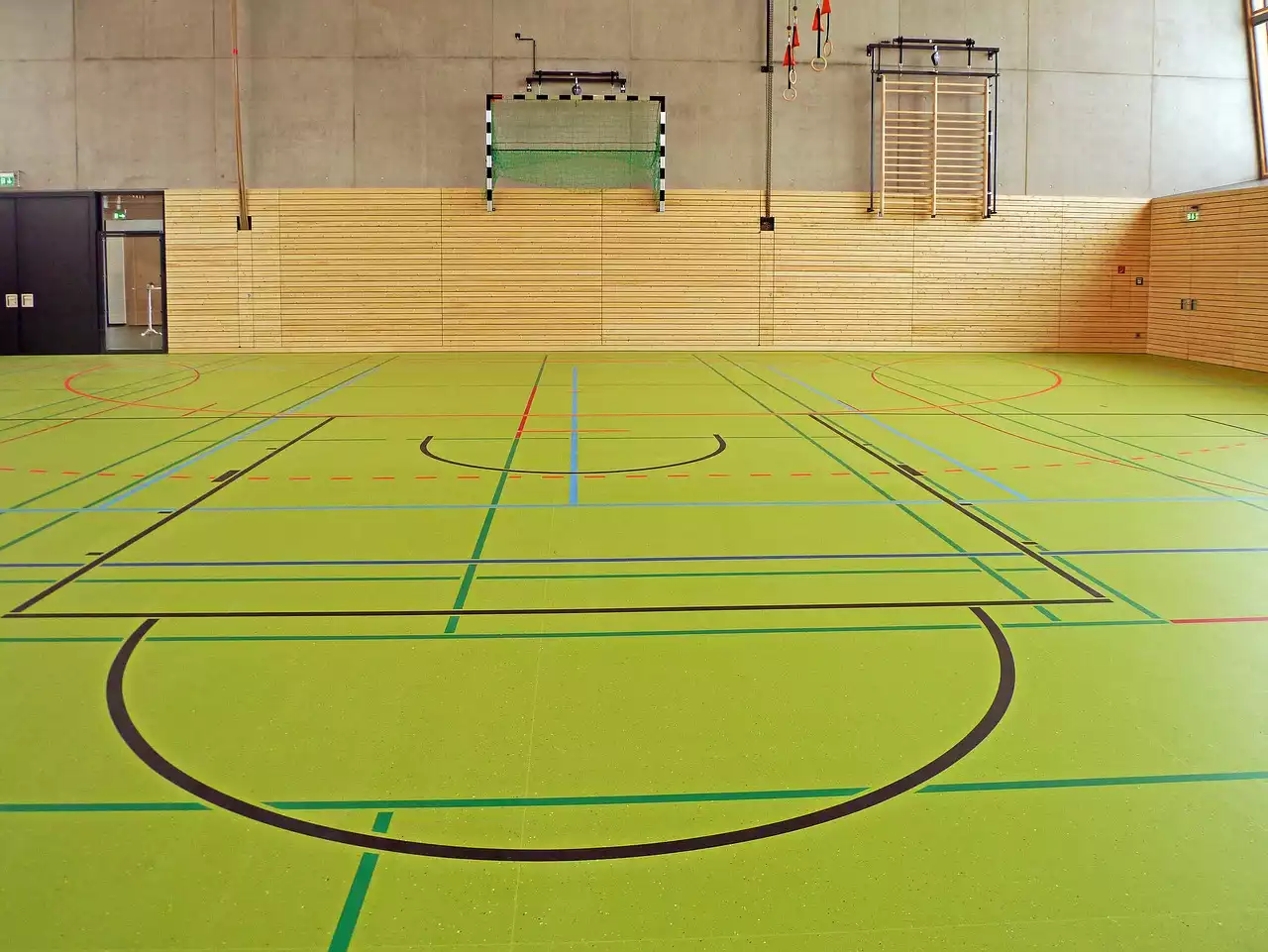The Importance of Top-Tier Handball Clubs
Handball is a sport that has gained immense popularity worldwide, attracting millions of fans and players alike. At the heart of this phenomenon are the top-tier handball clubs that serve as the driving force behind the sport's growth and success. These clubs act as the epicenter of talent, skill, and competition, showcasing the highest level of handball excellence. They serve as role models for aspiring athletes, inspiring them to reach new heights and push the boundaries of the sport. The importance of top-tier handball clubs cannot be overstated, as they not only entertain fans but also contribute significantly to the development and promotion of handball on a global scale.
Top-tier handball clubs play a crucial role in nurturing talent and shaping the future of the sport. They invest heavily in training facilities, coaching staff, and development programs to ensure that their players are equipped with the necessary skills and knowledge to compete at the highest level. These clubs also provide a platform for players to showcase their abilities, attracting the attention of national team selectors and scouts from other clubs. By consistently producing world-class players, top-tier handball clubs elevate the standard of the sport and inspire others to strive for excellence.
The success of top-tier handball clubs extends beyond the field of play. These clubs serve as ambassadors for the sport, representing their cities, regions, and countries on the international stage. They create a sense of pride and identity among their fans, fostering a strong community spirit that transcends borders. The achievements of these clubs bring people together, uniting them in their support and admiration for their favorite teams. Through their on-court performances and off-court initiatives, top-tier handball clubs leave a lasting legacy that goes beyond trophies and titles.
History and Evolution of International Handball Clubs
The history of international handball clubs dates back to the late 19th century when the sport began to gain popularity in Europe. Initially played primarily at the amateur level, handball gradually evolved into a professional sport, with clubs emerging as the primary entities responsible for organizing competitions and nurturing talent. The formation of international handball federations further solidified the role of clubs in the development of the sport.
Over the years, international handball clubs have undergone significant changes in terms of structure, organization, and competitiveness. As the sport gained traction, the demand for high-quality handball intensified, leading to the establishment of top-tier professional leagues in various countries. These leagues provided a platform for clubs to compete against each other, fostering healthy rivalries and raising the overall standard of handball.
The globalization of handball in the late 20th century further accelerated the evolution of international handball clubs. Players from different countries started to ply their trade in foreign leagues, bringing their unique styles and techniques to new audiences. This influx of talent not only enriched the sport but also raised the profile of international handball clubs, attracting a larger fan base and increasing media coverage.
The current landscape of international handball clubs is a testament to the sport's growth and evolution. Clubs from Europe, particularly in countries like Denmark, Germany, Spain, and France, dominate the top tier, consistently showcasing their prowess on the international stage. However, the emergence of clubs from other continents, such as Qatar and Brazil, has added a new dimension to the global handball landscape, making the sport more diverse and exciting than ever before.
Characteristics of Top-Tier Handball Clubs
Top-tier handball clubs share several key characteristics that set them apart from their competitors. These clubs embody the essence of professionalism, displaying a high level of organization, discipline, and commitment. They leave no stone unturned in their pursuit of excellence, ensuring that every aspect of their operations, from training to administration, is meticulously planned and executed.
One of the defining characteristics of top-tier handball clubs is their ability to attract and retain top talent. These clubs have a reputation for identifying promising players at a young age and providing them with the necessary resources and guidance to reach their full potential. They invest heavily in scouting networks and youth development programs, creating a pipeline of talent that ensures a steady supply of skilled players.
In addition to talent, top-tier handball clubs prioritize teamwork and cohesion. They understand that success in handball is not solely dependent on individual brilliance but also on collective effort. These clubs foster a culture of unity and camaraderie, encouraging players to work together and support each other both on and off the court. This emphasis on teamwork creates a strong bond among the players, enabling them to overcome challenges and achieve extraordinary results.
Another characteristic that sets top-tier handball clubs apart is their adaptability and willingness to embrace innovation. These clubs are constantly seeking ways to improve and stay ahead of the competition. They invest in state-of-the-art training facilities, employ cutting-edge sports science techniques, and harness the power of data analytics to gain a competitive edge. By staying at the forefront of technological advancements and tactical innovations, top-tier handball clubs continue to push the boundaries of the sport and set new standards of excellence.
Key Players and Teams in International Handball
International handball is home to a plethora of talented players who have captured the imagination of fans with their skill, athleticism, and passion for the sport. These players are the driving force behind the success of their respective clubs, consistently delivering standout performances and leading their teams to victory. Let's take a closer look at some of the key players and teams that have made a significant impact on the international handball stage.
One of the most prominent players in the history of international handball is Nikola Karabatic. The French superstar has achieved almost every accolade the sport has to offer, winning multiple Olympic gold medals, World Championships, and European Championships. Karabatic's exceptional playmaking ability, versatility, and leadership qualities make him a vital cog in any team he represents. His presence on the court elevates the performance of his teammates and strikes fear into the hearts of his opponents.
In terms of teams, no discussion about international handball would be complete without mentioning FC Barcelona Handbol. The Spanish giants have established themselves as a dominant force in European handball, winning numerous domestic and international titles. Barcelona's success can be attributed to their strong squad depth, tactical astuteness, and unwavering commitment to excellence. The team's attacking prowess and defensive solidity make them a formidable opponent for any club in the world.
Another team that has left an indelible mark on the international handball scene is THW Kiel. The German powerhouse boasts an impressive trophy cabinet, with multiple Champions League titles and domestic league championships to their name. Kiel's success can be attributed to their relentless pursuit of perfection, meticulous planning, and exceptional talent. The team's ability to maintain a winning culture year after year has cemented their status as one of the all-time greats in handball.
While these players and teams have achieved great success, it is important to acknowledge that the landscape of international handball is constantly evolving. New stars emerge, and teams rise to prominence, challenging the established order and providing fresh narratives for fans to follow. The beauty of international handball lies in its unpredictability and the endless possibilities it presents.
Achievements and Milestones of Top-Tier Handball Clubs
Top-tier handball clubs have achieved remarkable success over the years, etching their names in the annals of the sport's history. These clubs have amassed an impressive array of trophies and set numerous records, showcasing their dominance and consistency. Let's take a closer look at some of the most notable achievements and milestones of top-tier handball clubs.
One of the most successful clubs in handball history is THW Kiel. The German giants have won the prestigious Champions League on multiple occasions, with their victories in 2007, 2010, and 2020 standing out as particularly memorable. Kiel's dominance in European handball is further highlighted by their numerous domestic league titles and national cup triumphs. The team's ability to consistently perform at the highest level has made them the envy of many clubs around the world.
In the women's game, Győri Audi ETO KC has emerged as a true powerhouse, achieving unprecedented success. The Hungarian club has dominated European handball in recent years, winning the Champions League title multiple times, including a historic five consecutive triumphs from 2013 to 2017. Győr's unrivaled consistency and ability to assemble a world-class squad have made them the team to beat in women's handball.
On the international stage, the most successful national team is France. The French handball team has enjoyed a period of unprecedented success, winning multiple Olympic gold medals, World Championships, and European Championships. Their triumphs in 2008, 2012, and 2021 Olympics stand out as particularly remarkable, highlighting the team's ability to perform under pressure and deliver when it matters the most.
These achievements and milestones are a testament to the dedication, hard work, and talent of the players and coaching staff involved. They serve as a source of inspiration for aspiring athletes and a reminder of the heights that can be reached through perseverance and a relentless pursuit of excellence.
Training and Development Programs for Top-Tier Handball Clubs
The success of top-tier handball clubs is not solely dependent on the talent and skill of their players. An integral component of their achievements lies in the training and development programs that these clubs implement. These programs are designed to nurture talent, enhance skills, and instill a winning mentality in players, ultimately contributing to the long-term success of the club.
Top-tier handball clubs invest heavily in developing state-of-the-art training facilities that provide players with the best possible environment to hone their skills. These facilities feature cutting-edge equipment, specialized coaching staff, and sports science departments dedicated to optimizing player performance. The club's training programs are tailored to the specific needs of each player, focusing on technical, tactical, physical, and mental aspects of the game.
In addition to individual training, top-tier handball clubs emphasize teamwork and cohesion through regular team training sessions. These sessions allow players to develop an understanding of each other's playing styles, build chemistry, and fine-tune their collective strategies. The coaching staff plays a crucial role in creating a positive and conducive training environment, providing constructive feedback, and motivating players to push their limits.
Youth development is another key aspect of training and development programs for top-tier handball clubs. These clubs invest in scouting networks and youth academies to identify and nurture young talent from an early age. The goal is to provide aspiring players with the necessary resources, guidance, and opportunities to progress through the ranks and eventually represent the senior team. Youth development programs focus not only on technical and tactical aspects but also on instilling values such as discipline, teamwork, and perseverance.
The training and development programs implemented by top-tier handball clubs are a testament to their commitment to excellence and the long-term sustainability of their success. These programs create a pathway for aspiring athletes to fulfill their potential, ensuring a constant supply of talent and maintaining the club's competitive edge.








.png?size=50)

